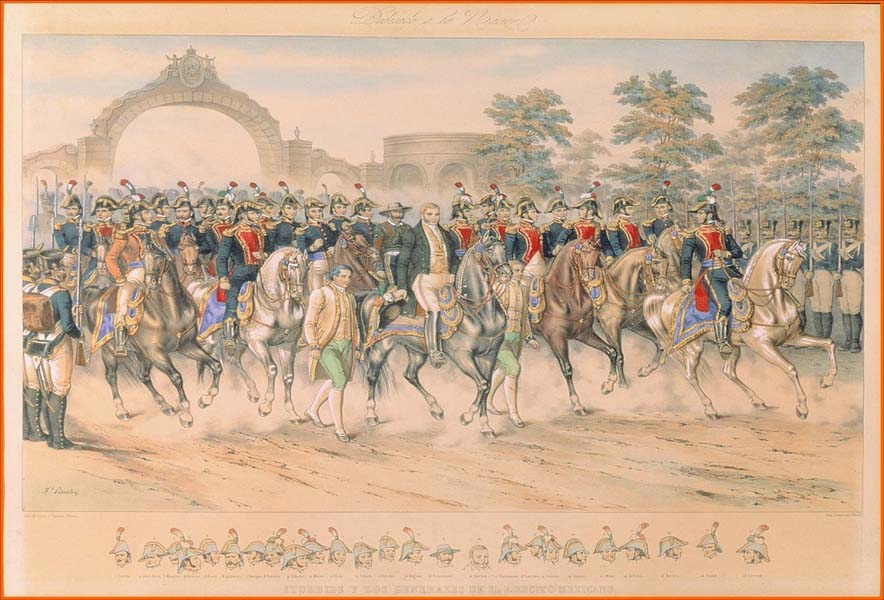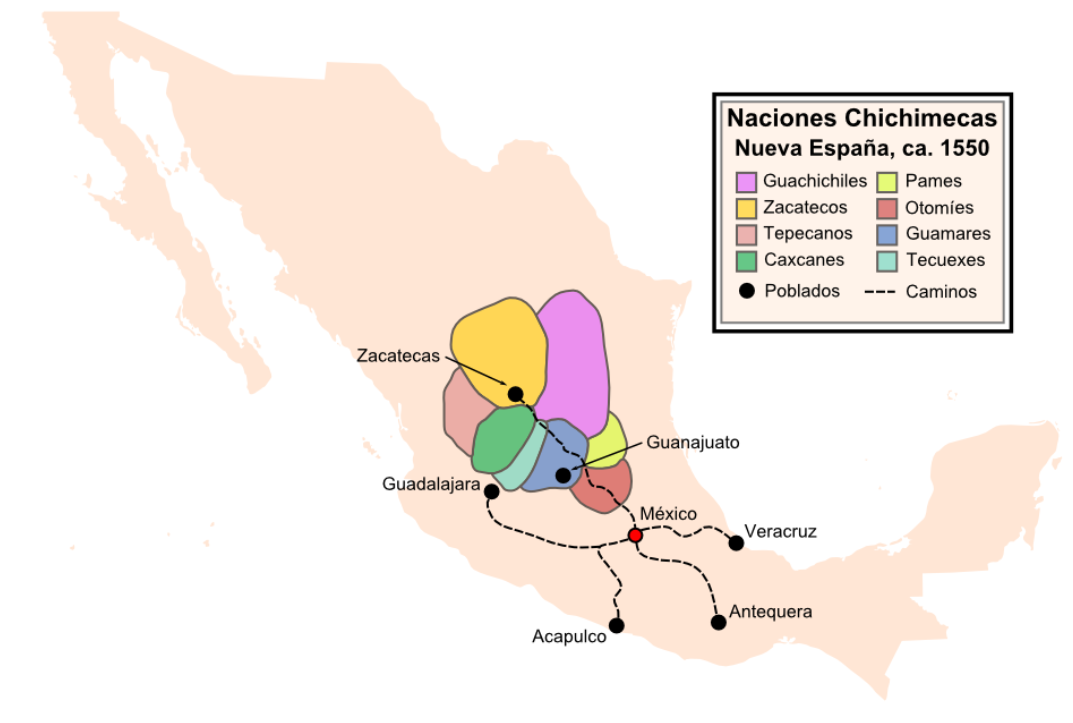|
Zapopan, Jalisco
Zapopan () is a city and municipality located in the Mexican state of Jalisco. Part of the Guadalajara Metropolitan Area, the population of Zapopan city proper makes it the second largest city in the state, very close behind the population of Guadalajara proper. It is best known as being the home of the Virgin of Zapopan, an image of the Virgin Mary which was made in the 16th century. This image has been credited with a number of miracles and has been recognized by popes and even visited by Pope John Paul II. The municipality is also the home of the Centro Cultural Universitario, which contains one of the most important concert venues in Latin America and is the home of the new stadium for the C.D. Guadalajara. The name Zapopan means "among the sapote trees". It derives from the Nahuatl word ''tzapotl'' "sapote" with the addition of the locative suffix ''-pan''. It also has the nickname of “ex Villa Maicera” ("former Corn Village"), as it used to be a major producer of ... [...More Info...] [...Related Items...] OR: [Wikipedia] [Google] [Baidu] |
Andares Shopping Mall
Andares is a shopping mall in Zapopan, Mexico, in the Guadalajara metropolitan area. This outdoor and indoor shopping center is located in the heart of the city. It opened on November 19, 2008. Anchors are Palacio de Hierro and Liverpool Liverpool is a City status in the United Kingdom, city and metropolitan borough in Merseyside, England. With a population of in 2019, it is the List of English districts by population, 10th largest English district by population and its E .... The project was developed by DMI (Desarrolladora Mexicana de Inmuebles). Andares is one of the biggest mixed-use projects in Latin America, composed by multiple retail areas, 4 office buildings, 2 residential buildings and a hotel. External links Andares Luxury Zapopan Shopping malls established in 2008 Shopping malls in Guadalajara Tourist attractions in Jalisco 2008 establishments in Mexico {{Mexico-struct-stub ... [...More Info...] [...Related Items...] OR: [Wikipedia] [Google] [Baidu] |
Maya Peoples
The Maya peoples () are an ethnolinguistic group of indigenous peoples of Mesoamerica. The ancient Maya civilization was formed by members of this group, and today's Maya are generally descended from people who lived within that historical region. Today they inhabit southern Mexico, Guatemala, Belize, El Salvador, and Honduras. "Maya" is a modern collective term for the peoples of the region, however, the term was not historically used by the indigenous populations themselves. There was no common sense of identity or political unity among the distinct populations, societies and ethnic groups because they each had their own particular traditions, cultures and historical identity. It is estimated that seven million Maya were living in this area at the start of the 21st century. Guatemala, southern Mexico and the Yucatán Peninsula, Belize, El Salvador, and western Honduras have managed to maintain numerous remnants of their ancient cultural heritage. Some are quite integrat ... [...More Info...] [...Related Items...] OR: [Wikipedia] [Google] [Baidu] |
Army Of The Three Guarantees
At the end of the Mexican War of Independence, the Army of the Three Guarantees ( es, Ejército Trigarante or ) was the name given to the army after the unification of the Spanish troops led by Agustín de Iturbide and the Mexican insurgent troops of Vicente Guerrero, consolidating Mexico's independence from Spain. The decree creating this army appeared in the Plan de Iguala, which stated the three guarantees which it was meant to defend: religion, independence, and unity. Mexico was to be a Catholic empire, independent from Spain, and united against its enemies. History The Army of the Three Guarantees was created on February 24, 1821, and continued battling Spanish royalist forces which refused to accept Mexican independence. These battles continued until August 1821, when Iturbide and Spanish Viceroy Juan de O'Donojú signed the Treaty of Córdoba, virtually ratifying Mexico's independence. The Army was a decisive force during the Battle of Azcapotzalco. The victory in this ... [...More Info...] [...Related Items...] OR: [Wikipedia] [Google] [Baidu] |
1541
__NOTOC__ Year 1541 ( MDXLI) was a common year starting on Saturday (link will display the full calendar) of the Julian calendar. Events January–June * February 12 – Pedro de Valdivia founds Santiago del Nuevo Extremo, which will become the capital of Chile. * April 7 – Francis Xavier leaves Lisbon, on a mission to the Portuguese East Indies. * April 24 – Battle of Sahart: Gelawdewos is defeated by the forces of Imam Ahmad ibn Ibrahim al-Ghazi. * May 8 – Spanish explorer Hernando de Soto reaches the Mississippi River, naming it the Rio de Espiritu Santo ("River of the Holy Spirit"). * May 23 – Jacques Cartier departs from Saint-Malo, France on his third voyage. * June 18 – By the Crown of Ireland Act, the Parliament of Ireland declares King Henry VIII of England and his heirs to be Kings of Ireland, replacing the Lordship of Ireland with the Kingdom of Ireland. July–December * July 9 – Estêvão da Gama de ... [...More Info...] [...Related Items...] OR: [Wikipedia] [Google] [Baidu] |
Bosque De La Primavera
La Primavera Biosphere Reserve, also known as La Primavera Flora and Fauna Protection Area, is a protected natural area in western Mexico. It is located in the state of Jalisco, immediately west of the city of Guadalajara. Geography La Primavera has an area of 305 km2. The terrain is rugged, ranging from 1400 to 2200 meters elevation. the reserve includes the Sierra la Primavera, an inactive volcanic region. The Sierra is relatively geologically recent, forming in a series of eruptions between 120,000 and 20,000 years ago. Native birds include the lesser roadrunner (''Geococcyx velox''), berylline hummingbird (''Saucerottia beryllina''), russet-crowned motmot (''Momotus mexicanus''), black-throated magpie-jay (''Calocitta colliei''), spotted wren (''Campylorhynchus gularis''), brown-backed solitaire (''Myadestes occidentalis''), blue mockingbird (''Melanotis caerulescens''), collared towhee (''Pipilo ocai''), blue bunting (''Cyanocompsa parellina''), black-vented oriole (''Icter ... [...More Info...] [...Related Items...] OR: [Wikipedia] [Google] [Baidu] |
Basilica Of Our Lady Of Zapopan
The Basilica of Our Lady of Zapopan ( es, Basílica de Nuestra Señora de Zapopan) and the abbey of Our lady of zapopan of Zapopan are a 17th-century Franciscan sanctuary built in downtown Zapopan, in the state of Jalisco, México. It is one of the most visited sanctuaries in Western Mexico, and it preserves a wooden Virgin that is considered a valuable relic of medieval origin, which came from Spain to New Galicia in the 16th century.Refugio de Palacio Basave, Fray Luis Del, Breve Historia de Nuestra Señora de Zapopán The Huichol Museum is located in the building. Catholic affiliations The church complex belongs to the Franciscan province of Sts. Francis and James (''Francisco y Santiago''), that includes Jalisco, Monterrey, Guanajuato, and Zacatecas. Affiliated with the church is a retirement home of the ''Valle de la Misericordia'' (Valley of Mercy). The abbey is made up of members of the Franciscan Order of Friars Minor, though it is also used by the Capuchin, Third orde ... [...More Info...] [...Related Items...] OR: [Wikipedia] [Google] [Baidu] |
Zacatecas
, image_map = Zacatecas in Mexico (location map scheme).svg , map_caption = State of Zacatecas within Mexico , coordinates = , coor_pinpoint = , coordinates_footnotes = , subdivision_type = Country , subdivision_name = Mexico , subdivision_type1 = Capital , subdivision_name1 = Zacatecas , subdivision_type2 = Municipalities , subdivision_name2 = 58 , established_title = Admission , established_date = December 23, 1823 , established_title2 = Order , established_date2 = 10th , founder = , seat_type = , seat = , government_footnotes = , leader_party = , leader_title = Governor , leader_name = David Monreal Ávila , leader_title1 = Senators , leader_name1 = , leader_title2 = Deputies , leader_name2 = , unit_ ... [...More Info...] [...Related Items...] OR: [Wikipedia] [Google] [Baidu] |
Encomendero
The ''encomienda'' () was a Spanish labour system that rewarded conquerors with the labour of conquered non-Christian peoples. The labourers, in theory, were provided with benefits by the conquerors for whom they laboured, including military protection and education. The ''encomienda'' was first established in Spain following the Christian conquest of Moorish territories (known to Christians as the ''Reconquista''), and it was applied on a much larger scale during the Spanish colonization of the Americas and the Spanish Philippines. Conquered peoples were considered vassals of the Spanish monarch. The Crown awarded an ''encomienda'' as a grant to a particular individual. In the conquest era of the early sixteenth century, the grants were considered to be a monopoly on the labour of particular groups of indigenous peoples, held in perpetuity by the grant holder, called the ''encomendero''; following the New Laws of 1542, upon the death of the ''encomendero'', the encomienda e ... [...More Info...] [...Related Items...] OR: [Wikipedia] [Google] [Baidu] |
Mixtón War
The Mixtón War (1540-1542) was a rebellion by the Caxcan people of northwestern Mexico against the Spanish conquerors. The war was named after Mixtón, a hill in Zacatecas which served as an Indigenous stronghold. The Caxcanes Although other indigenous groups also fought against the Spanish in the Mixtón War, the Caxcanes were the "heart and soul" of the resistance. The Caxcanes lived in the northern part of the present-day Mexican state of Jalisco, in southern Zacatecas, and Aguascalientes. They are often considered part of the Chichimeca, a generic term used by the Spaniards and Aztecs for all the nomadic and semi-nomadic Native Americans living in the deserts of northern Mexico. However, the Caxcanes seem to have been sedentary, depending upon agriculture for their livelihood and living in permanent towns and settlements. They were, perhaps, the most northerly of the agricultural, town-and-city dwelling peoples of interior Mexico. The Caxcanes are believed to have spok ... [...More Info...] [...Related Items...] OR: [Wikipedia] [Google] [Baidu] |





